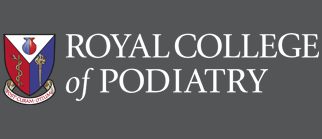The toe most usually affected is the second toe (next to the big toe) which flexes the toe (bent up) and can’t straighten out during walking. Corns develop where it rubs against the shoe.
Cause of Hammer Toes
Hammer toe or clawed toes can be made worse by tight fitting footwear or socks, particularly during childhood when growth and development may be restricted. In particular the second toe is susceptible to referred pressure / trauma when a bunion or hallux limitus is present.
Signs and Symtoms of Hammer Toes
A bunion is the name given to swollen, bony bump on the outer side of the big toe joint. A bunion forms when the bones of the joint at the base of the big toe pushing it towards the second toe. This forces the joint outwards and the resulting pressure between the bone and the footwear causes the tissue to become inflamed and sore. Tight fitting footwear can make the condition even more painful. The condition can also lead to corns, blisters and hammer toe. Bunions can be caused by the way you walk and there’s a strong hereditary link to their occurrence.
Prevention of Hammer Toes
Wearing shoes that fit properly can help bunions from getting worse, while cushioning products can ease the pain. If you suspect a bunion forming, consult your podiatrist for advice.
Arrange A Hammer Toe Assessment Appointment
If you would like to make an initial booking enquiry for a Hammer Toe assessment at the Walk IN Foot Clinic then please submit your details below with a preferred day and we will get back to you as soon as possible with a confirmation of your appointment or suggest an alernative.









